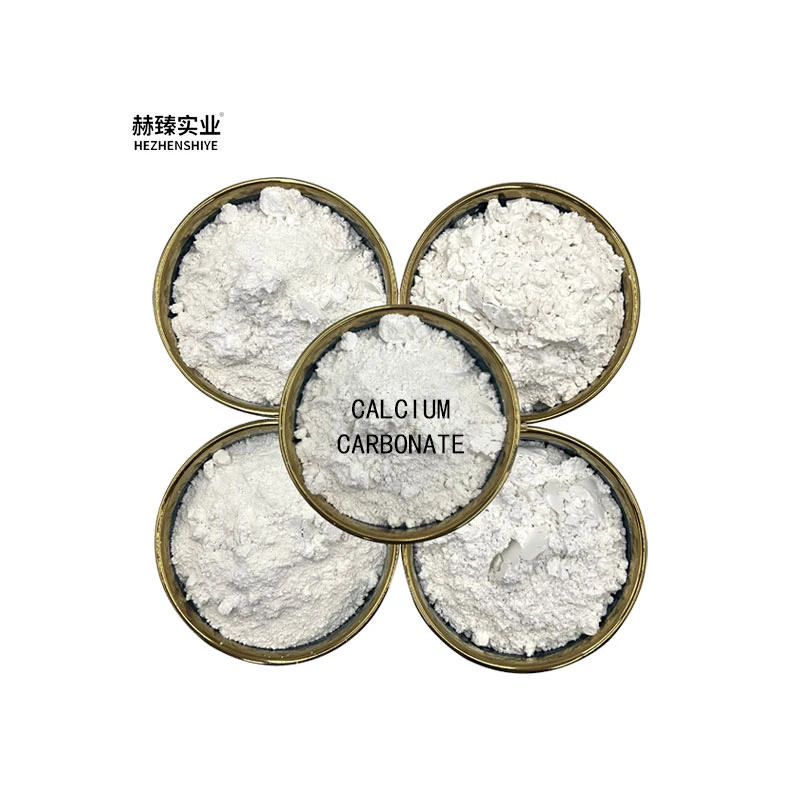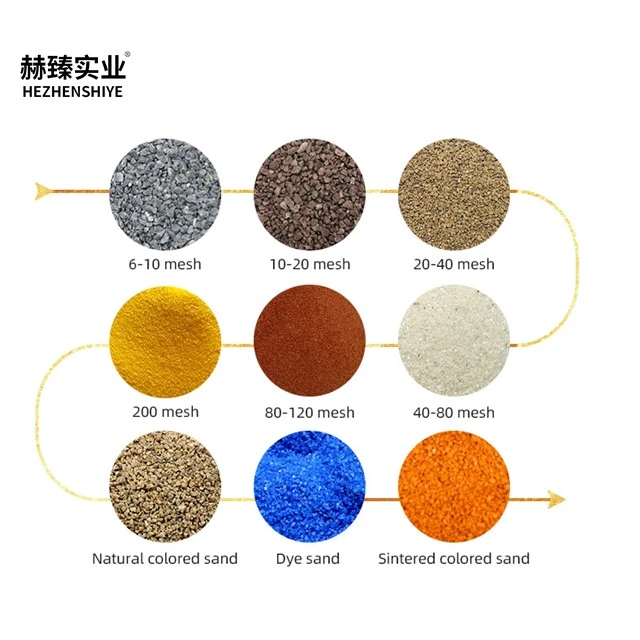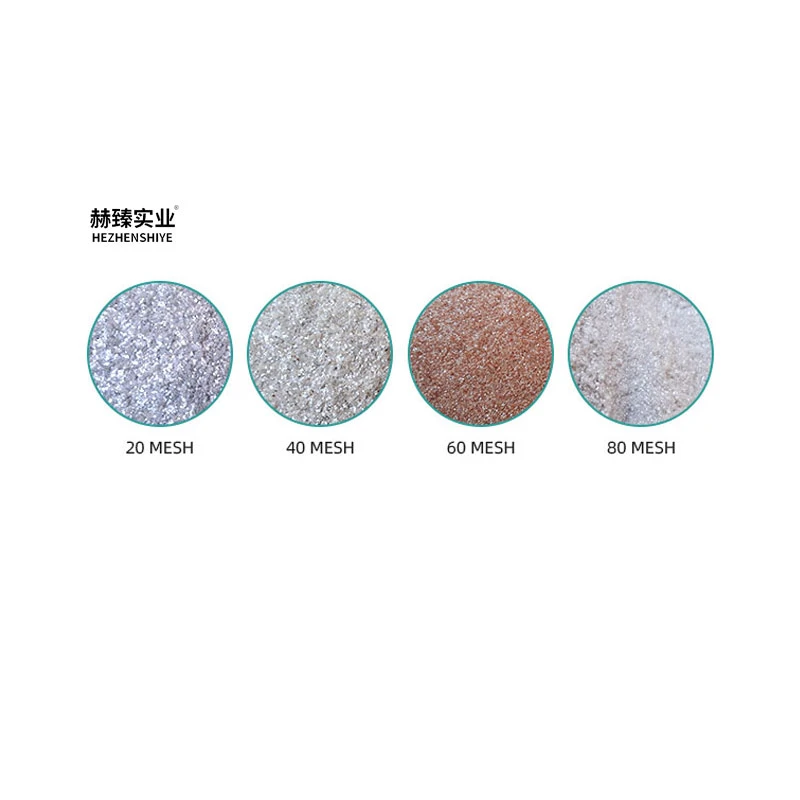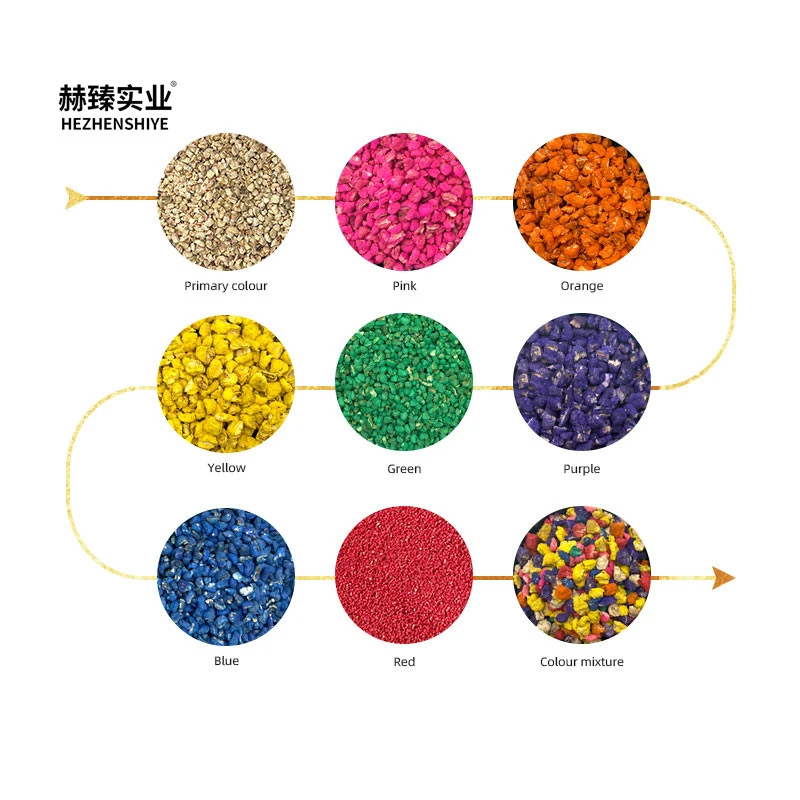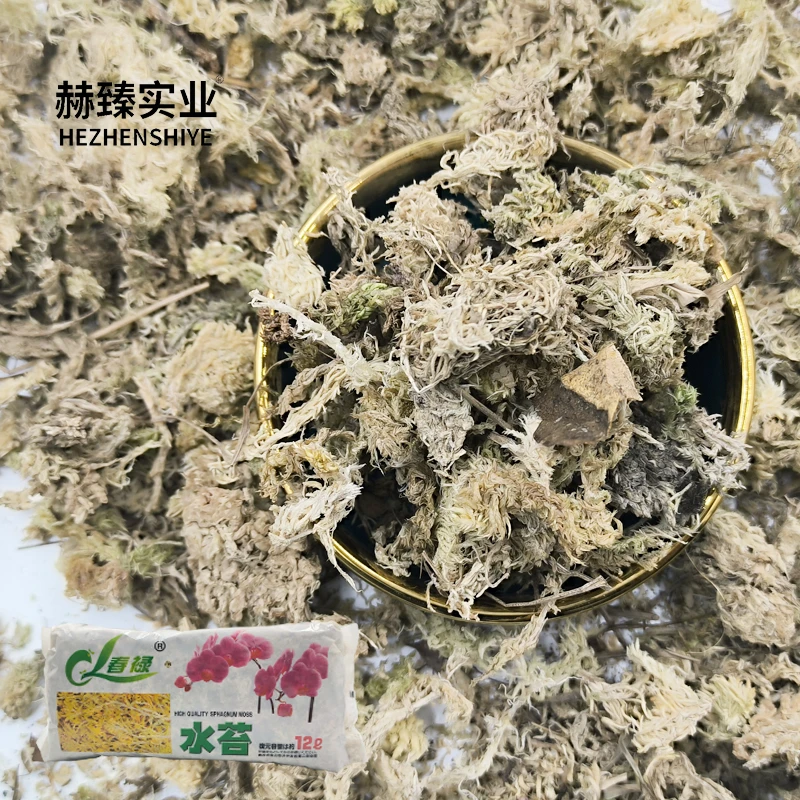Corncobs, the central core of corn cobs after the grains have been harvested, are a significant agricultural by - product. They are composed mainly of cellulose (32 - 48%), hemicellulose (28 - 40%), and lignin (17 - 24%), along with small amounts of ash, proteins, and minerals. These components endow corncobs with unique physical and chemical properties, making them a versatile raw material with diverse applications across various industries.
One of the primary applications of corncobs is in the production of animal feed. After being crushed and ground into fine particles, corncobs can be added to livestock feed. They serve as a source of dietary fiber, which aids in the digestion of animals. Moreover, by blending corncob powder with other nutrients, it is possible to create a balanced feed suitable for cattle, pigs, and poultry.
In the industrial sector, corncobs have found extensive use, with their versatility driving innovation across multiple fields. They are processed into corncob meal and corncob grits, which serve as highly effective absorbents. Their unique porous structure, characterized by a complex network of microscopic channels and cavities, enables them to efficiently absorb liquids. This property makes them ideal for emergency response scenarios, such as cleaning up oil spills in marine environments or chemical leaks in industrial facilities. Additionally, their desiccant capabilities make them valuable for maintaining dry conditions in storage containers, protecting moisture - sensitive goods like electronics from damage.
In the manufacturing of activated carbon, corncobs emerge as an excellent raw material. The process begins with carbonization, where corncobs are heated in the absence of oxygen, converting their organic matter into a carbon - rich char. Subsequently, through an activation process, usually involving steam or chemical agents, the char develops a vast internal surface area. This results in high - quality activated carbon with a surface area that can exceed 1,000 square meters per gram. This activated carbon is widely used for water purification, effectively removing contaminants, heavy metals, and organic pollutants. In air filtration systems, it traps volatile organic compounds (VOCs), odors, and harmful particulate matter.






